UH OH! I BROKE THE EJECTION SEAT! FOR YOUR PILOTS SAKE DOWNLOAD THIS ONE: https://www.simpleplanes.com/a/8z1lU1/Avro-CF-105-Arrow
"the best interceptor of its time"
History(wiki)
The Avro Canada CF-105 Arrow, often known simply as the Avro Arrow, was a delta-winged interceptor aircraft designed and built by Avro Canada. The CF-105 held the promise of Mach 2 speeds at altitudes exceeding 50,000 feet (15,000 m) and was intended to serve as the Royal Canadian Air Force's (RCAF) primary interceptor into the 1960s and beyond.[5]
The Arrow was the culmination of a series of design studies begun in 1953 that examined improved versions of the Avro Canada CF-100 Canuck. After considerable study, the RCAF selected a dramatically more powerful design, and serious development began in March 1955. The aircraft was intended to be built directly from the production line, skipping the traditional hand-built prototype phase. The first Arrow Mk. 1, RL-201, was rolled out to the public on 4 October 1957, the same day as the launch of Sputnik I.
Flight testing began with RL-201 on 25 March 1958, and the design quickly demonstrated excellent handling and overall performance, reaching Mach 1.9 in level flight. Powered by the Pratt & Whitney J75, another three Mk. 1s were completed, RL-202, RL-203 and RL-204. The lighter and more powerful Orenda Iroquois engine was soon ready for testing, and the first Mk 2 with the Iroquois, RL-206, was ready for taxi testing in preparation for flight and acceptance tests by RCAF pilots by early 1959.
On 20 February 1959, Prime Minister of Canada John Diefenbaker abruptly halted the development of the Arrow (and its Iroquois engines) before the scheduled project review to evaluate the program could be held.[6] Canada tried to sell the Arrow to the US and Britain, but no agreements were concluded.[7] Two months later, the assembly line, tooling, plans and existing airframes and engines were ordered to be destroyed. The cancellation was the topic of considerable political controversy at the time, and the subsequent destruction of the aircraft in production remains a topic for debate among historians and industry pundits. "This action effectively put Avro out of business and its highly skilled engineering and production personnel scattered ..."[8]
Features
- Missile bay (4x AIM-7s)
- Ejection seat!
- Realistic performance
- almost 1:1 scale
- production paint scheme
Controls
- AG-1 for missile bay
- AG-2 for drogue chute
- AG-3 for ejection
- AG-4 for ejection seat parachute
HAVE FUN!
Specifications
Spotlights
- ACEPILOT109 5.7 years ago
General Characteristics
- Predecessor Avro CF-105 Arrow
- Created On Windows
- Wingspan 43.9ft (13.4m)
- Length 66.5ft (20.3m)
- Height 21.3ft (6.5m)
- Empty Weight 3,832lbs (1,738kg)
- Loaded Weight 22,149lbs (10,047kg)
Performance
- Power/Weight Ratio 2.13
- Wing Loading 49.0lbs/ft2 (239.2kg/m2)
- Wing Area 452.1ft2 (42.0m2)
- Drag Points 9659
Parts
- Number of Parts 66
- Control Surfaces 5
- Performance Cost 484

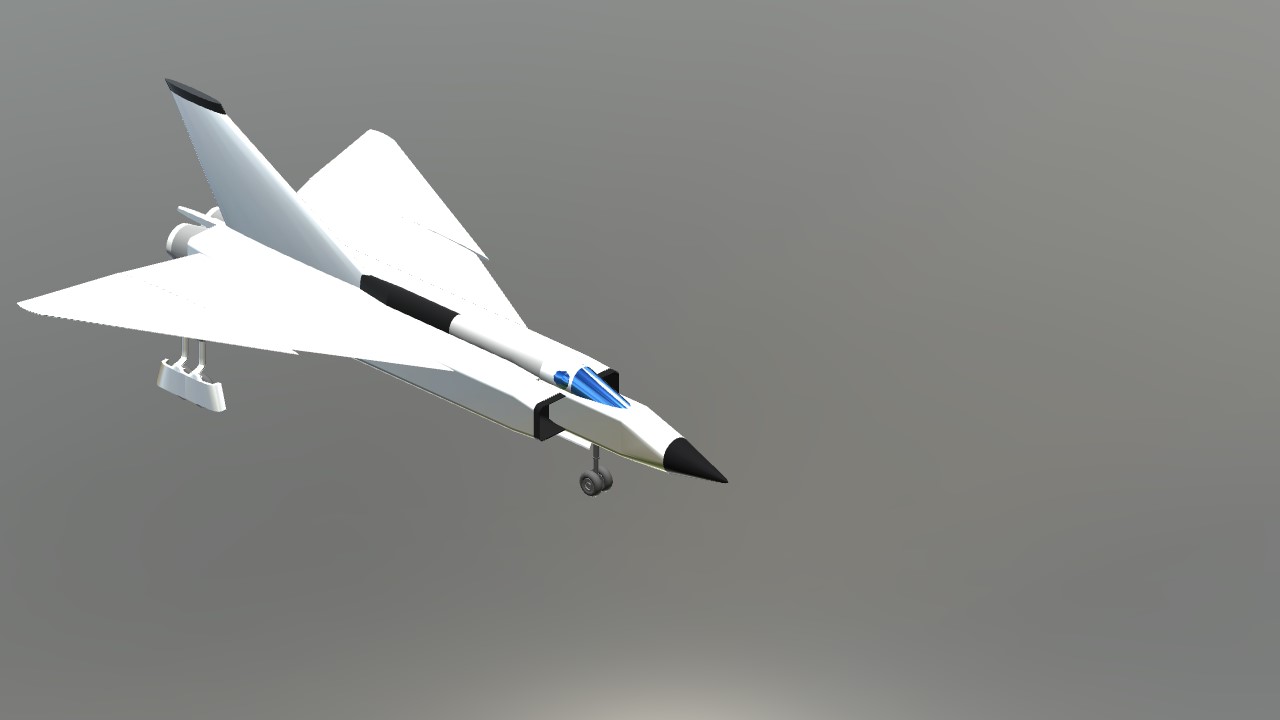
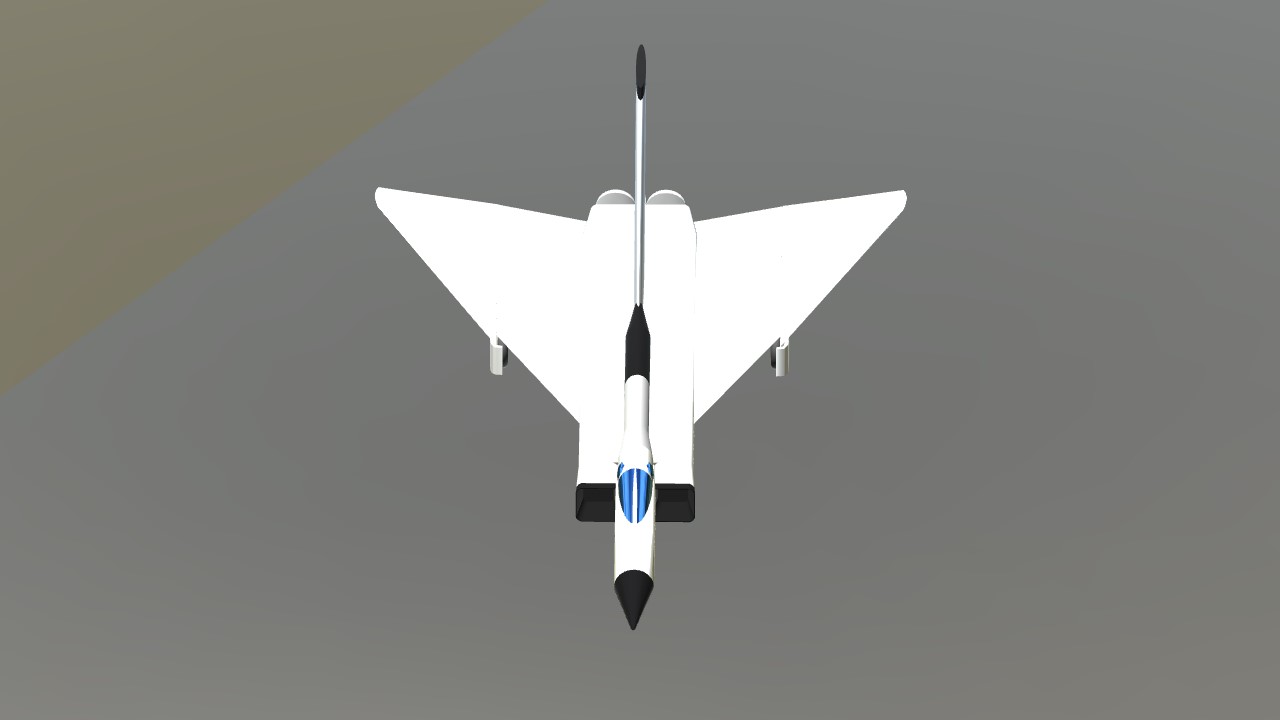
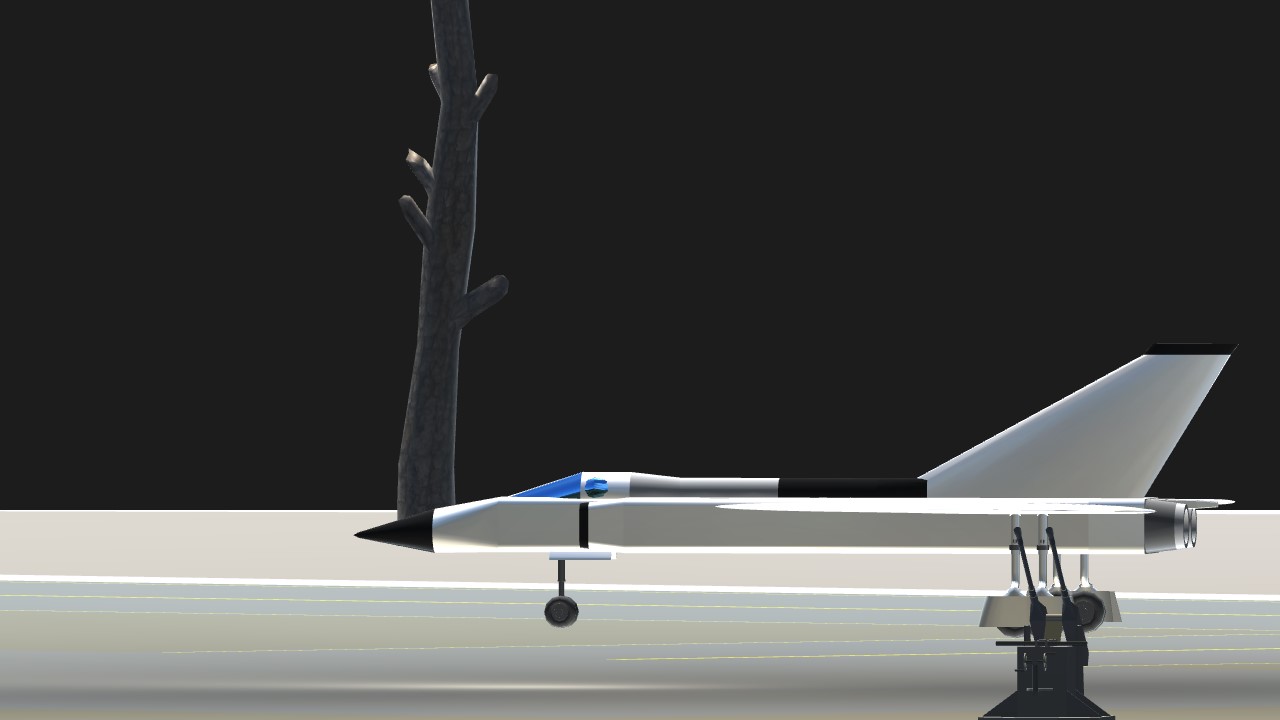
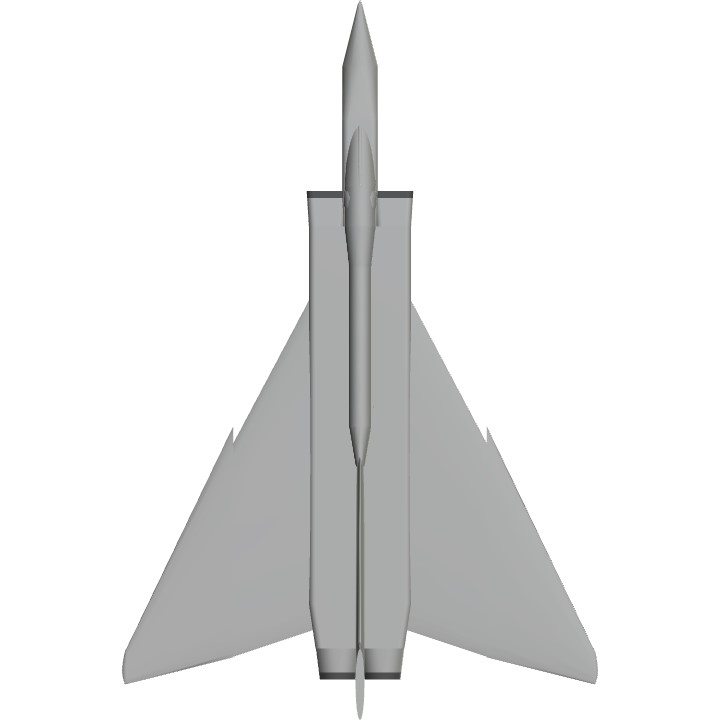
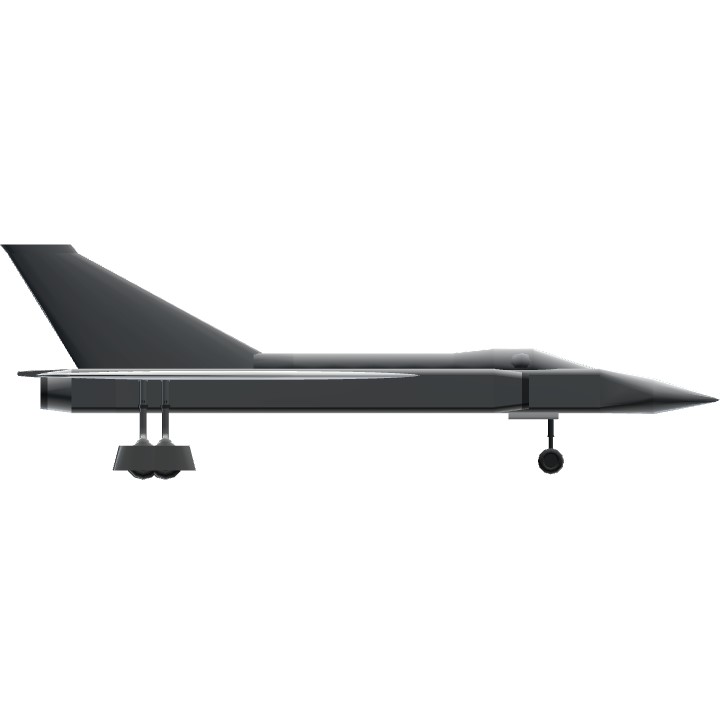

@ACEPILOT109 @Inuyasha8215 @Thefantastictyphoon @stormfur fixed version link in the desc
cool
@Trainzo thanks
Nice plane , good job .
thanks! @Thehunterstuka
Good job!
@Charris969
@ACEPILOT109